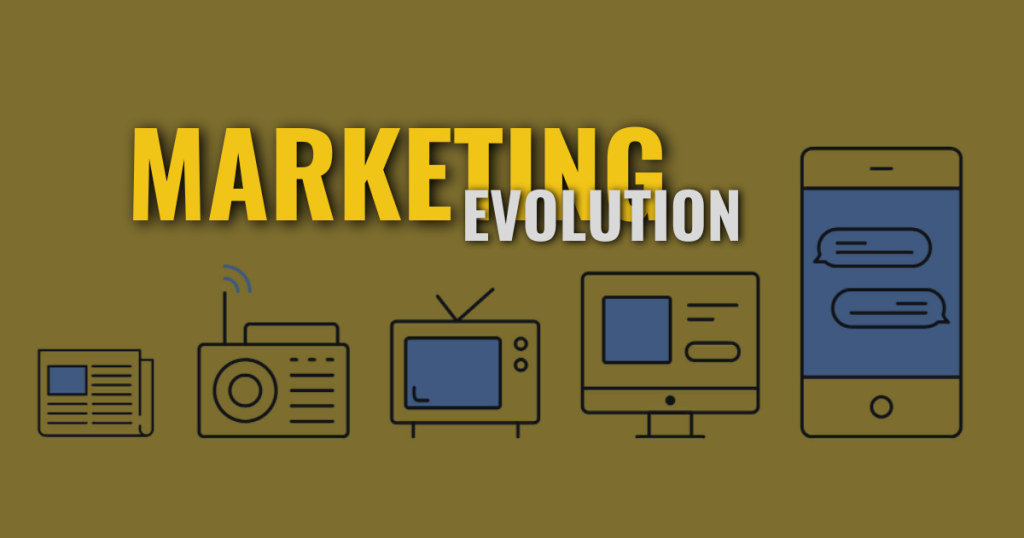In the fast-paced digital world, marketing has undergone a massive transformation. Traditional methods have taken a backseat as new-age digital marketing techniques emerge, revolutionizing how businesses connect with their audience. This blog post explores the key aspects of new-age digital marketing, its components, and why it’s essential for businesses to adapt.
1. What is New-Age Digital Marketing?
New-age digital marketing refers to the latest trends, tools, and strategies businesses use to engage with their target audience online. Unlike traditional marketing, which relied heavily on print, TV, and radio, digital marketing leverages the power of the internet, social media, and data analytics to reach potential customers more effectively and efficiently.
2. Key Components of New-Age Digital Marketing
- Social Media Marketing (SMM): Platforms like Facebook, Instagram, Twitter, and LinkedIn have become essential for businesses. They allow brands to engage with their audience, promote products, and build a loyal customer base.
- Search Engine Optimization (SEO): SEO has evolved with the introduction of AI and machine learning. Today, SEO is not just about keywords; it’s about user intent, quality content, and optimizing for voice search and mobile devices.
- Content Marketing: Content remains king in digital marketing. However, the focus has shifted towards creating personalized, valuable content that resonates with the audience, leading to higher engagement and conversions.
- Influencer Marketing: Collaborating with influencers who have a strong online presence allows brands to tap into new audiences and build trust more quickly.
- Email Marketing: Despite being one of the oldest forms of digital marketing, email marketing remains effective. The key is personalization and automation, delivering the right message at the right time.
- Pay-Per-Click Advertising (PPC): PPC campaigns have become more targeted and efficient, allowing businesses to reach potential customers based on demographics, interests, and online behavior.
- Analytics and Data-Driven Marketing: The use of data analytics in digital marketing enables businesses to understand customer behavior, measure campaign effectiveness, and make informed decisions.
3. The Role of Technology in New-Age Digital Marketing
Technological advancements have played a crucial role in shaping new-age digital marketing. Artificial Intelligence (AI) and Machine Learning (ML) are now integral to optimizing marketing strategies. From chatbots providing 24/7 customer support to AI-driven content creation, technology ensures that marketing is more personalized and data-driven.
Additionally, the rise of Augmented Reality (AR) and Virtual Reality (VR) offers immersive experiences for customers, allowing them to interact with products and services in unprecedented ways. For example, AR allows customers to visualize how a piece of furniture would look in their home before making a purchase.
4. Why Businesses Must Adapt to New-Age Digital Marketing
The digital landscape is constantly evolving, and businesses that fail to adapt risk being left behind. Here’s why embracing new-age digital marketing is crucial:
- Increased Reach and Visibility: With billions of people online, digital marketing offers unparalleled opportunities to reach a global audience.
- Cost-Effective: Compared to traditional marketing, digital marketing is more cost-effective, providing higher ROI through targeted campaigns.
- Real-Time Engagement: Digital marketing allows businesses to interact with their audience in real-time, addressing concerns, answering queries, and building stronger relationships.
- Measurable Results: Unlike traditional marketing, digital marketing offers measurable results, allowing businesses to track the success of their campaigns and adjust strategies as needed.
5. The Future of Digital Marketing
The future of digital marketing lies in further personalization, automation, and the integration of AI and ML into every aspect of marketing. As technology continues to evolve, businesses will need to stay ahead of the curve by adopting new tools and strategies to maintain their competitive edge.

